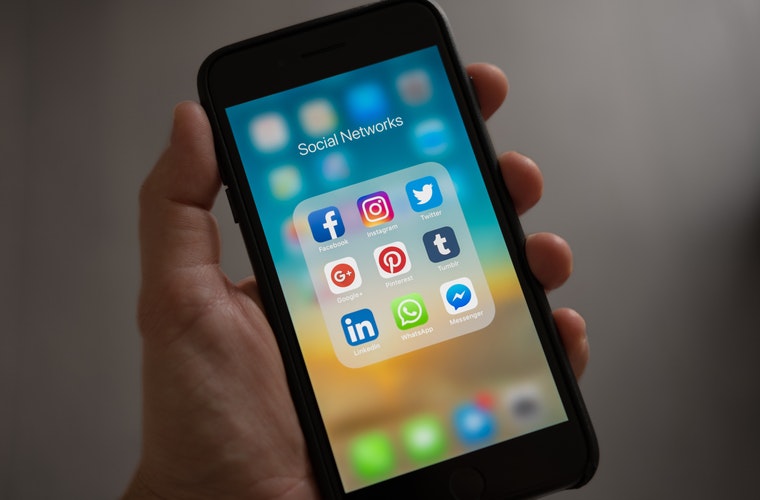Imagine a promotional channel in which you can target the gender of a prospect, their age, and their proximity to your practice. Now imagine doing so at a very low cost.
This is what social media advertising can do.
Maybe you’ve dabbled on social media and have yet to see results. But one month of Tweets and Facebook updates isn’t going to attract a swarm of new patients. It’s the culmination of creating engaging content, building patient community, and running optimized ad campaigns.
![]()
Traditional Dental Advertising is Pricey
 English industrialist Lord Leverhulme once said, "Half the money I spend on advertising is wasted; the trouble is I don’t know which half.” Sound familiar?
English industrialist Lord Leverhulme once said, "Half the money I spend on advertising is wasted; the trouble is I don’t know which half.” Sound familiar?
Calculating the average cost of each initiative will help you decide where to invest your ad dollars. Here’s how the following channels stack up:
- Direct mail: The average cost to reach 1,000 people is $26. Direct mail costs can be even higher when you factor in graphic design, mailing lists, and other costs.
- Magazine: The average cost to reach 1,000 people is $14. Magazine ad costs can vary depending on circulation and ad sizes.
- Billboards: The average cost to reach 1,000 people is $4. While billboard ad costs are low, they offer little opportunity for tracking. Additionally, billboards are seen in the blink of an eye, so you have little time to get your message across.
Now, let’s look at the average cost of social media advertising:
- Social media: The average cost to reach 1,000 people is $2.50. In low competition areas, this cost can dip as low as $1. In more competitive areas, it may increase up to $4.
Looking Beyond the Numbers
By and large, social media reaches the highest number of prospective patients for the lowest cost. However, looking at cost alone isn’t enough. What makes social media even more valuable is its targeting options. You can pinpoint your ideal audience much better than you can through traditional advertising.
Facebook has compiled an impressive amount of data on its users. User profiles, behaviors, and 3rd party data have enabled dentists to narrow down their message to a specific segment of users.
Say you are a dentist practicing in Chapel Hill, North Carolina. You could run a teeth whitening ad targeted at engaged women aged 21 to 30 who live within 20 minutes of your office. Or you could run an ad for dentures targeted to an older demographic living within 15 minutes of your office.
Does a magazine or billboard ad give you these abilities? Not even close.
The Accountability of Digital Media
Facebook also has a great system for tracking your ads. By adding a code to your website and setting up conversion goals, you can monitor the actions people take after clicking.
For instance, if your goal is to get prospective patients to your Contact page, set that as your conversion goal and you’ll be able to see how many people not only clicked on your ad, but also made it to your Contact page.
When it comes to setting an advertising budget for your dental practice, social media should be a consideration. Not only is it less expensive than traditional advertising, it helps you reach your ideal patients with more accuracy and better tracking.
![]()
Think your practice might benefit from Facebook ads? Learn how Smile Marketing creates social strategies that pull all your online marketing campaigns under one roof.


